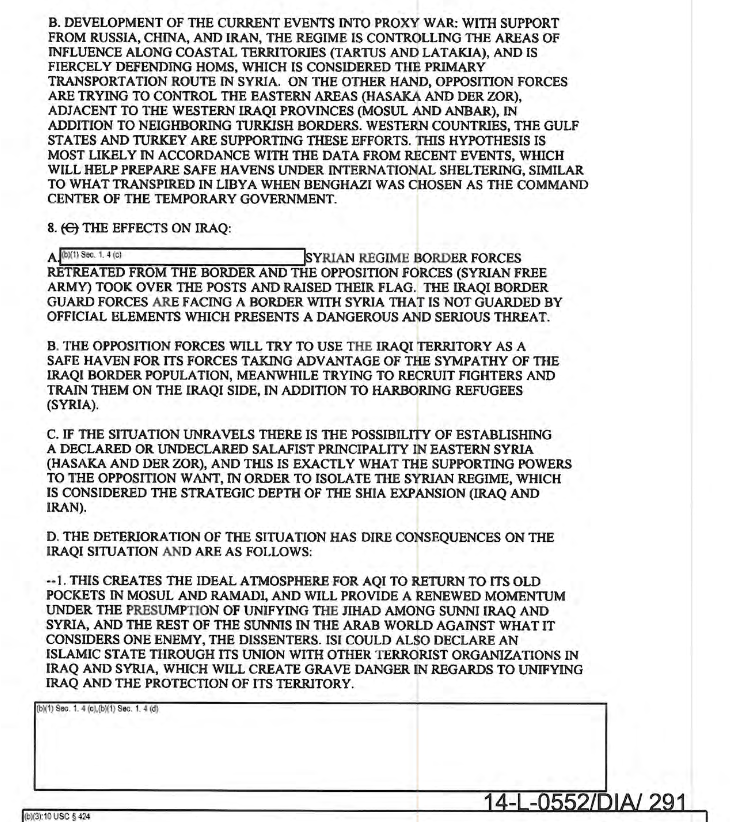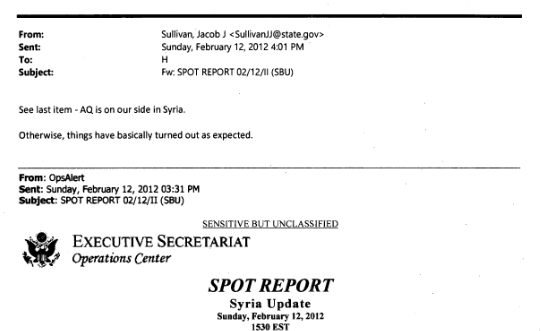While ISIS-K has claimed responsibility for the Moscow shooting, Russian President Vladimir Putin has suggested that the United States might have been behind the attack.
Although he provided no evidence for his claim, it is true that ISIS and the United States government have a long and complicated relationship, with Washington using the group for its own geopolitical purposes and that former ISIS fighters are active in Ukraine, as MintPress News explores.
A Brutal Attack
On March 22, gunmen opened fire at the Crocus City Hall in Moscow, killing at least 143 people. Authorities apprehended four suspects who they claim were fleeing towards Ukraine. The attack was only one of a number planned. After receiving international tip-offs, Russian police foiled several other operations.
ISIS-K, the Islamic State’s Afghanistan and Pakistan division, immediately took responsibility for the shooting, with Western powers – especially the United States – treating the matter as an open and shut case. Vladimir Putin, however, felt differently, implying that Ukraine or even the United States might have been somehow involved. “We know who carried out the attack. But we are interested in knowing who ordered the attack,” he said, adding: “The question immediately arises: who benefits from this?”
Moscow has long accused Ukrainian intelligence services of recruiting ISIS fighters to join forces against their common enemy. Far-right paramilitary group Right Sektor is believed to have trained and absorbed a number of ex-ISIS soldiers from the Caucuses region, and Ukrainian militias have been seen sporting ISIS patches. However, there are no clear and official links between the Ukrainian government and ISIS, and the suspects – all Tajiks – have no publicly known connections to Ukraine.
Last Year, Ukrainian militants wearing ISIS patches were pictured on camera by the press – probably unintentionally. pic.twitter.com/5SvfLD6pKJ
— MintPress News (@MintPressNews) March 26, 2024
This is not the first time that ISIS has targeted Russia. In 2015, the group took responsibility for the attack on Metrojet Flight 9268, which killed 224 people. It was also reportedly behind the January 2024 attacks on Iran that killed more than 100 people, commemorating the assassination of Qassem Soleimani, the Iranian general responsible for crushing ISIS as a force in Iraq and Syria.
Giving Birth To A Monster
A host of U.S. adversaries have claimed that ISIS enjoys an extremely close working relationship with the U.S. government, sometimes acting as a virtual cat’s-paw of Washington. Iranian Foreign Minister Mohammad Javad Zarif, for instance, has accused the U.S. of ferrying ISIS fighters around the Middle East, from battle zone to battle zone. Former Afghan President Hamid Karzai stated that he considers ISIS to be a “tool” of the United States, saying:
I do not differentiate at all between ISIS and America.”
And just this week, the Syrian Foreign Ministry demanded:
the U.S. should end its illegitimate presence on Syrian territory, and end its open support and fund for Daesh [ISIS] and other terrorist organizations.”
It was in Syria that the goals of ISIS and the United States most closely aligned. In 2015, Lt. Gen. Michael Flynn, the former Director of the Defense Intelligence Agency (D.I.A.), lamented that ISIS arose out of a “willful decision” by the U.S. government. A declassified D.I.A. report says as much, noting that the “major forces driving the insurgency in Syria” were ISIS and Al-Qaeda. “There is the possibility of establishing a declared or undeclared Salafist principality in Eastern Syria,” the report noted excitedly, adding that “[T]his is exactly what the supporting powers to the opposition [i.e., the U.S. and its allies] want.”

Throughout the 2010s, images of ISIS’ brutality consistently went viral and led to news bulletins around the world, providing the United States with a convenient enemy to justify keeping its troops in Iraq and Syria. And yet, throughout the decade, the U.S. and its allies were also using ISIS to weaken the government of Syrian President Bashar al-Assad. As then-Vice President Joe Biden said, Turkey, Qatar, the United Arab Emirates and Saudi Arabia were:
[S]o determined to take down Assad and essentially have a proxy Sunni-Shia war, what did they do? They poured hundreds of millions of dollars and tens, thousands of tonnes of weapons into anyone who would fight against Assad.”
This included ISIS, Biden said. He later apologized for his remarks after they went viral. Nevertheless, the U.S. also supported a wide range of radical groups against Assad. Operation Timber Sycamore was the most extensive and most expensive C.I.A. project in the agency’s history. Costing more than $1 billion, the agency attempted to raise, train, equip and pay for a standing army of rebels to overthrow the government.
It is now widely acknowledged that large numbers of those trained by the C.I.A. were radical extremists. As National Security Advisor Jake Sullivan told Secretary of State Hillary Clinton in an email published by WikiLeaks:
AQ [Al-Qaeda] is on our side in Syria.”

Clinton herself was well aware of the situation in Syria, noting that Qatar and Saudi Arabia were:
providing clandestine financial and logistic support to ISIL [ISIS] and other radical Sunni groups in the region.”
While ISIS regularly attacked a wide range of enemies in the Middle East, it actually apologized to Israel in 2017 after its fighters mistakenly launched a mortar attack on the IDF in the occupied Golan Heights region of Syria.
That same year, the United States launched a significant attack on ISIS-K in Afghanistan, dropping the GBU-43/B MOAB bomb on a network of tunnels in Nangarhar Province. The bomb was the largest non-nuclear strike ever recorded and reportedly killed at least 96 ISIS operatives. Yet ISIS did not appear particularly interested in striking back at the U.S. Instead, it waited until the American departure from Afghanistan to launch a series of devastating attacks on the new Taliban government. This included a bombing at Kabul International Airport, killing more than 180 people, and the Kunduz Mosque Bombing two months later. The Taliban accused ISIS of carrying out a U.S.-ordered campaign of destabilization.
Global Terror Network
While the precise relationship between ISIS and the United States will surely never be known, what is clear is that, for decades, Washington has armed and trained terrorist groups around the world. In Libya, the U.S. joined forces with jihadist militias to topple the secular leader Muammar Gaddafi. Not only was Libya transformed from North Africa’s most prosperous country into a political and economic basket case, but the fighting unleashed a wave of destabilization across the entire region – something which continues to this day.
In Nicaragua, the U.S. sponsored far-right death squads in an attempt to overthrow the leftist Sandinistas. Those forces killed and tortured vast numbers of men, women and children; U.S.-trained groups are thought to have killed around 2% of the Nicaraguan population. The Reagan administration justified their intervention in Nicaragua by stating that the country represented a “mounting danger in Central America that threatens the security of the United States.” Oxfam retorted that the real “threat” Nicaragua posed was that it was a “good example” for other nations to follow.
Meanwhile, in Colombia, successive administrations helped to arm and train conservative paramilitary forces that prosecuted a brutal war against not only leftist guerilla forces but the civilian population as a whole. The extraordinary violence led to the internal displacement of more than 7.4 million Colombians.
Donald Trump once quipped that Barack Obama was “the founder of ISIS.” While this is not true, there is no doubt that the United States did indeed nurture the group, watching it expand into the force it is today. It has, at the very least, turned a blind eye to its operations and abetted it in its attack against their common enemies. In this sense, at least, with every ISIS attack, there is some blood on Washington’s hands.
Feature photo | A US-backed anti-government fighter mans a heavy machine gun next to a US soldier in al Tanf. Hammurabi’s Justice News | AP | Modification: MintPress News
Alan MacLeod is Senior Staff Writer for MintPress News. After completing his PhD in 2017 he published two books: Bad News From Venezuela: Twenty Years of Fake News and Misreporting and Propaganda in the Information Age: Still Manufacturing Consent, as well as a number of academic articles. He has also contributed to FAIR.org, The Guardian, Salon, The Grayzone, Jacobin Magazine, and Common Dreams.
